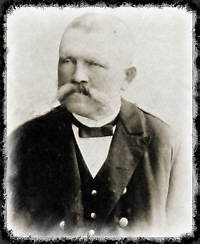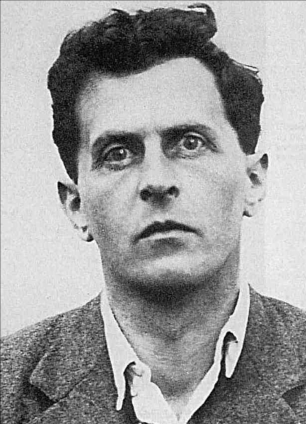According to Socionics each type perceives the reality and processes information in a unique manner. The meaning and value given to different kinds of infomation would also vary, partly depending on the type. While people of every type may and indeed do behave in most diverse ways, due to the innate nature of their Information Metabolism System, they would nonetheless be inclined to develop psychopathologies or personality disorders characteristic of their personality type.
I originally came across these colorful chraracters while looking for evidence of how the hidden agenda might manifest in people's behaviour but it seems that these examples do also generally corroborate the Oldham's personality theory as well. In my opinion people may, depending on their subtype and life histories, develop personality disorders not characteristic of their true personality type. In other words using the Oldham's personality theory to recognize Socionics types is fraught with difficulties and often unreliable.
One should also keep in mind that these are all rather extreme examples and by no means intented to illustrate normal behaviour of any type. I am, however, inclined to believe that if Socionics is ever to become more popular in the west people need to see many practical demonstrations on how Socionics can help them understand people's behaviour and relationships. I may post more case studies in the future, should I manage to find relevant stories to copy and paste. :roll: Feel free to comment or add your own examples.



 Reply With Quote
Reply With Quote





